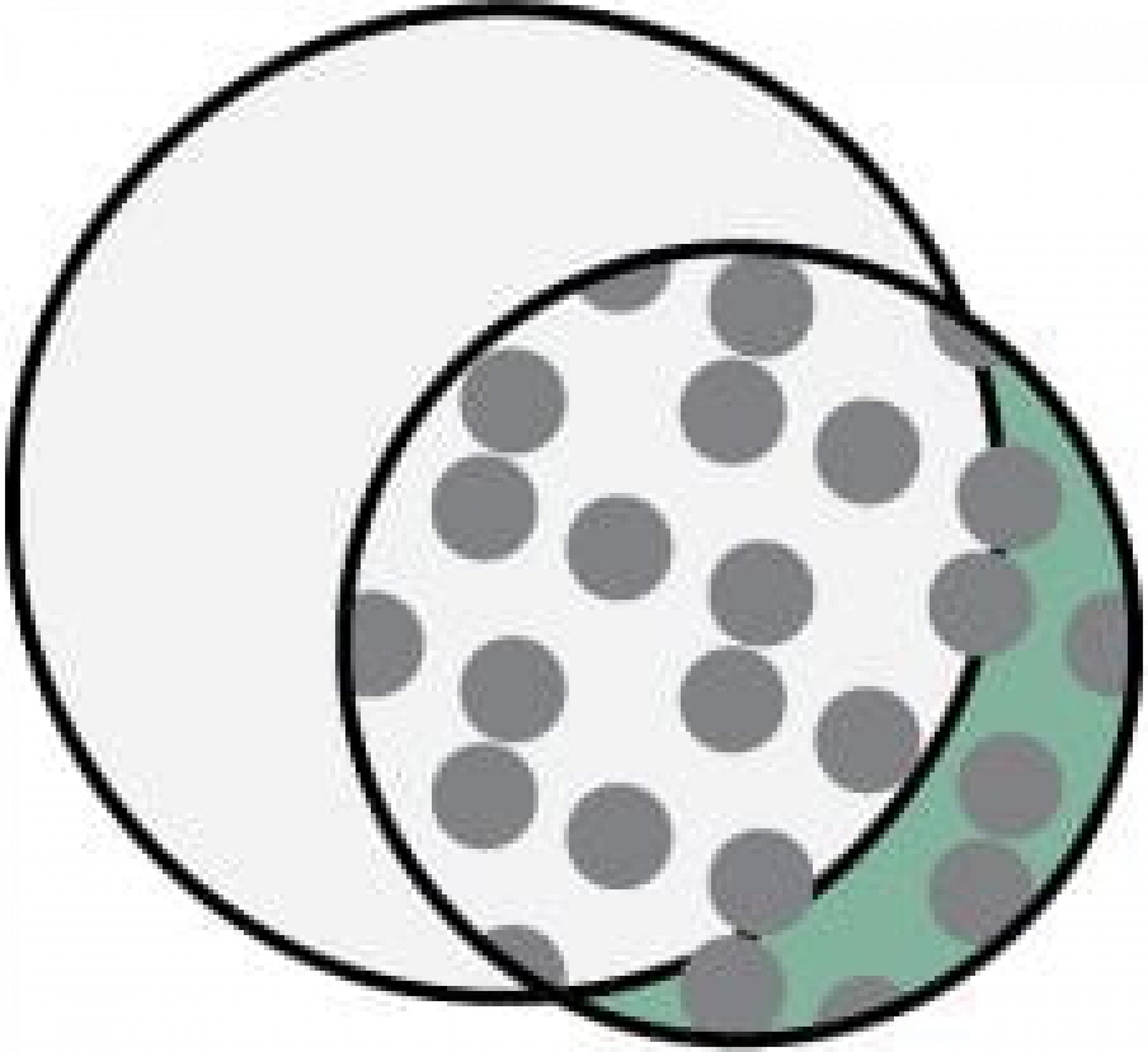A crucial problem in therapeutics is that drugs generally bind multiple proteins and cause multiple outcomes — some outcomes are related to drug efficacy and some outcomes are related to unintended side-effects. However, our view is that this “bug” can be turned into a “feature” by embracing the multi-input, multi-output (MIMO) nature of drugs. Selecting drug targets for MIMO effects could enable personalized therapies tailored to a patient’s multiple conditions, or where a therapeutic choice considers a patient’s propensity for particular side-effects. However, we don’t sufficiently understand MIMO principles to rationally select new drug targets based on these effects.
Drugs bind proteins that interact with multiple downstream proteins and these protein networks are responsible for drug efficacy and safety. We developed the PathFX algorithm to aggregate information about proteins downstream of drug targets by using protein-protein interaction (PPI) networks. We discovered that these networks associated drug targets to relevant disease- and side-effect- associated proteins. However, constructing PPI network models is only the foundation for simulating MIMO effects for untreated conditions. Ongoing research will further understand how to use PPI networks to predict novel drug targets for untreated disease.
Our projects span a range of areas, including:
- Leveraging patient genetic data to understand differential response to therapy
- Integrating ‘omics measurements to parameterize network edges
- Developing novel gold standard datasets for benchmarking PPI network discovery
- Using observational studies to test drug repurposing predictions
- Developing tissue- and cell-type- specific models to improve prediction performance of drug-induced side effects
- Data characterization and benchmarking for improved prediction performance
- Meta-analysis to understand PPI edges common to drugs with similar effects
